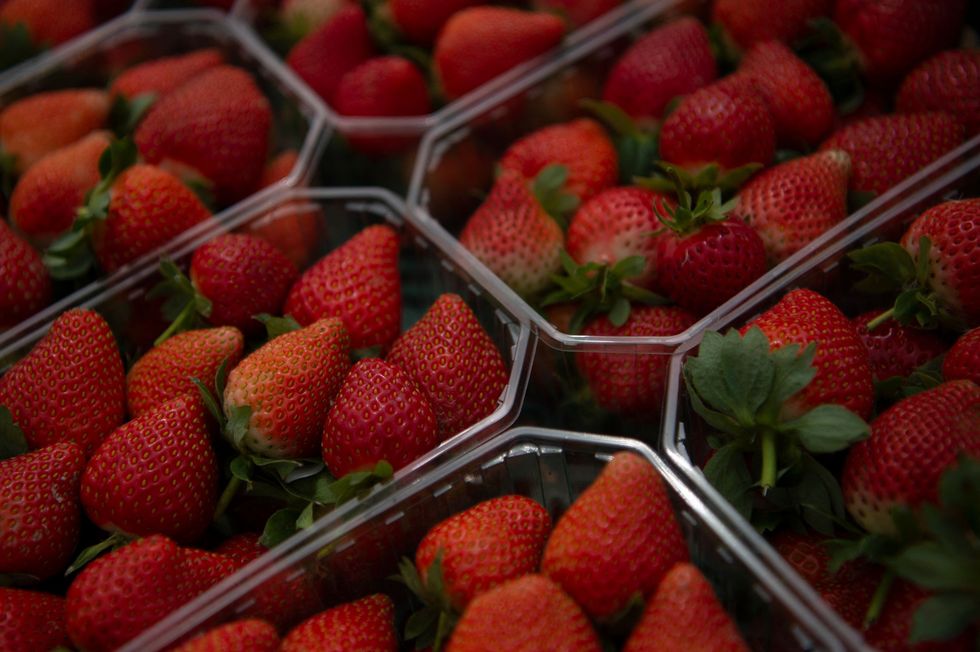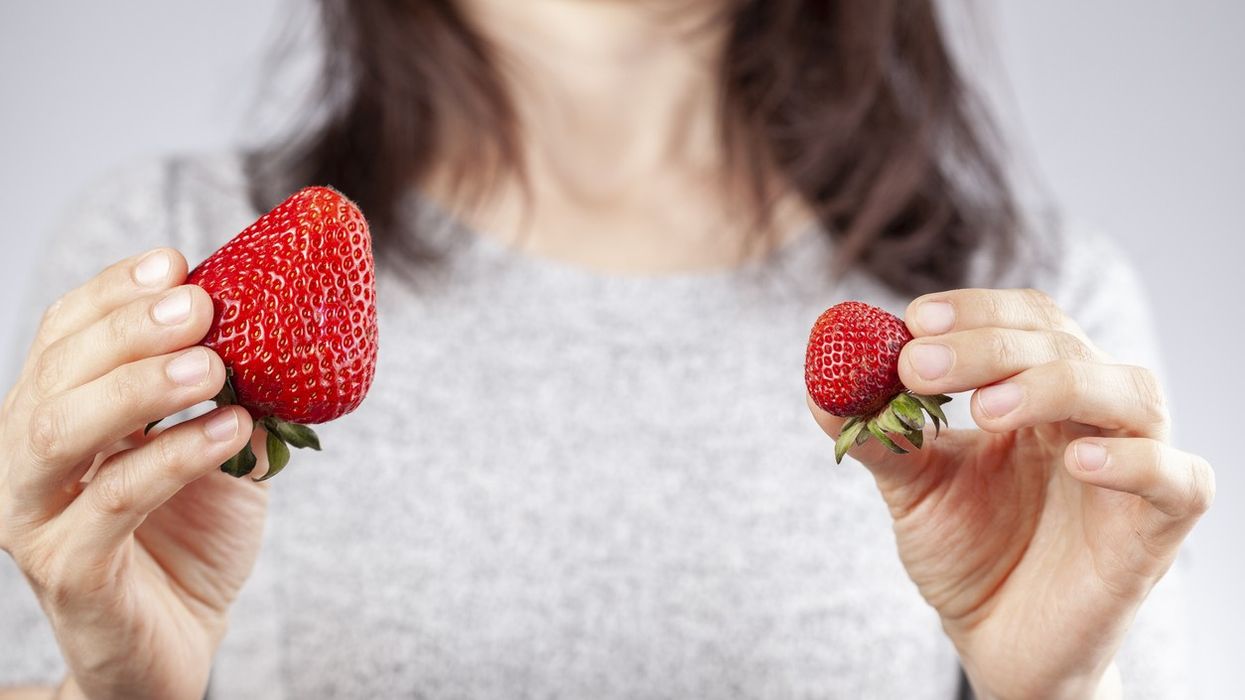UK growers are reporting a bumper crop of unusually large strawberries this spring, thanks to a spell of bright sunshine and cool nights that has created near-perfect growing conditions. However, as the dry weather continues, experts are warning that water shortages could pose a risk to future harvests.
According to Bartosz Pinkosz, operations director at the Summer Berry Company, strawberry plants have benefited significantly from this year’s weather pattern. “We had the darkest January and February since the 1970s, but then the brightest March and April since 1910,” he said. “From March onwards, it was really kind of perfect for tunnel strawberries.”
The company, which grows fruit at its farm in Colworth, West Sussex, supplies major UK retailers. Pinkosz said the strawberries being harvested this month are consistently larger than average, with some weighing as much as 50g – around the size of a plum or even a kiwi. The average size this season is approximately 30g, still well above the norm.
He explained that the combination of abundant sunshine and cool night temperatures had slowed the ripening process, allowing more time for the fruit to develop. “The slower the development of the fruits, the more time to expand the cells and create the bigger berry,” he said. “I have genuinely never seen a harvest produce such large berries consistently in my 19 years of working in this field.”
The UK strawberries' large size has drawn attention from across the industry. Nick Marston, chair of British Berry Growers, confirmed that this year’s crop is showing excellent quality across several key characteristics. “We’re seeing very good size, shape, appearance, and most of all, really great flavour and sugar content, which is what consumers want when they buy British strawberries,” he said.
Marston cautioned that while reports of strawberries being 20% bigger are accurate for some growers, averages across the country may vary. “Some crops will be slightly smaller than others, but it would be fair to say that the very nice sunshine and cool overnight temperatures have been ideal for fruit development,” he added.

The season's early warmth also led to gluts of aubergines and tomatoes at the start of May. However, with continued dry conditions, concern is growing among farmers about the possibility of a summer drought, especially in the south-east of England. Marston acknowledged the risk but noted that strawberry crops generally use water-efficient drip irrigation systems. “Water is used very sparingly,” he said.
Despite the potential challenges, this season’s UK strawberries have started strong, and the signs are positive ahead of the summer. With Wimbledon on the horizon in June, British tennis fans may once again be treated to large, juicy strawberries during the tournament – a popular seasonal tradition.
The consistently warmer spring and its effects on UK strawberries' large size have been welcomed by consumers and retailers alike. Yet growers remain alert to the challenges posed by climate change and the importance of sustainable water management.
As the strawberry season progresses, the industry is watching closely to see whether the favourable conditions can be maintained. While the current outlook for size and flavour is positive, the warning about water supply highlights the delicate balance required to maintain crop health and quality in the months ahead.














